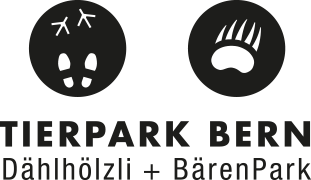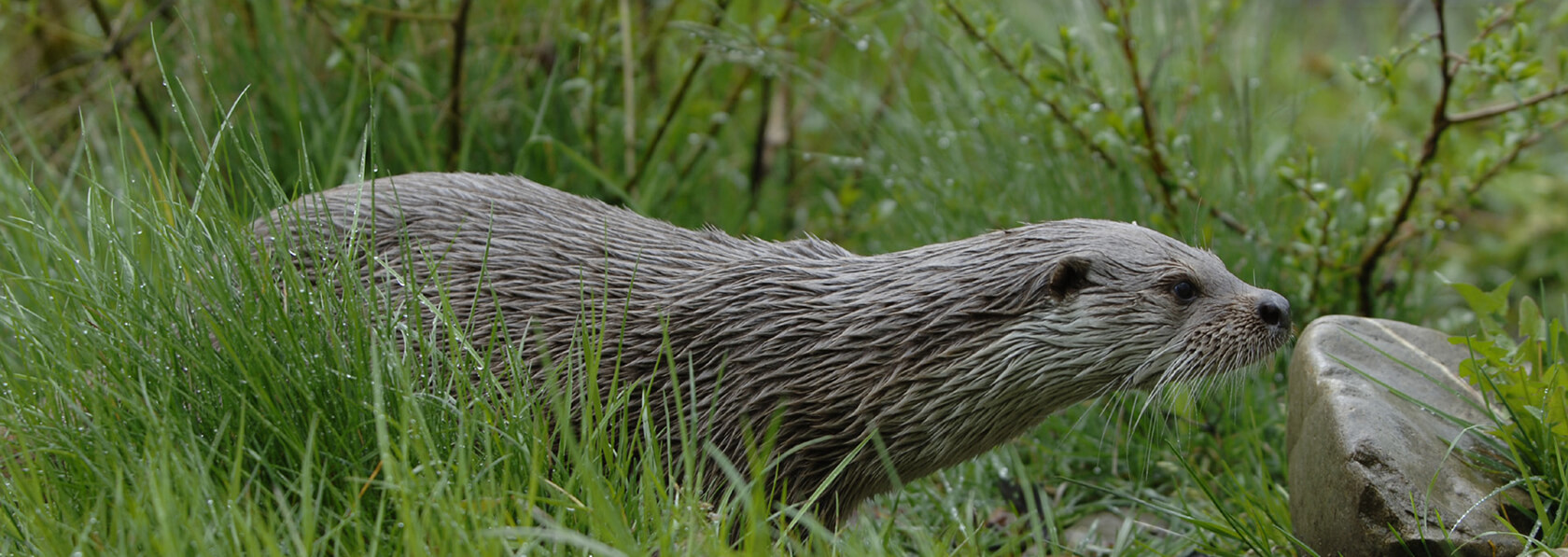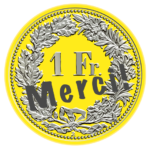Nature conservation projects
True to its new motto “More room for diversity”, promoting nature conservation is a top priority for the Bern Animal Park. According to statements by the Federal Office for the Environment, “Biodiversity in Switzerland is under pressure. Promotional measures are having an effect locally, but biodiversity remains in a poor state and continues to decline. One third of all species and half of the habitat types in Switzerland are endangered”. In its commitment to nature conservation, Bern Animal Park will focus on five different habitats at present.
Thanks to your voluntary nature conservation franc (Naturschutzfranken), which you make when buying a day or annual ticket, the zoo has the opportunity to support regional, national, but also international projects for the protection of endangered habitats and their biodiversity and to actively help there.
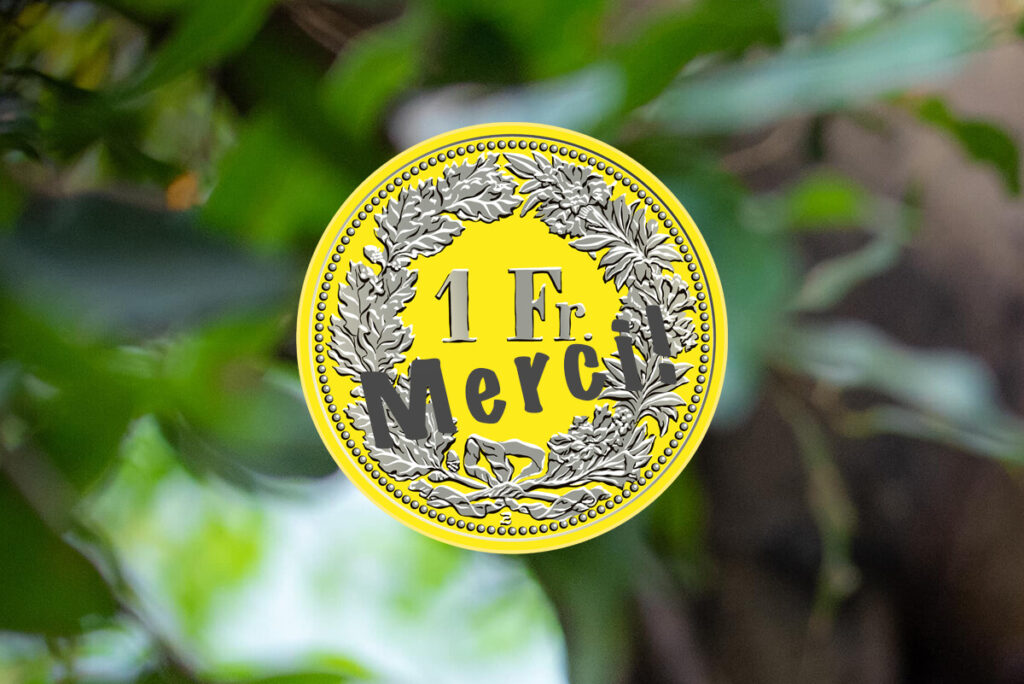
Small gestures – big impact
The additional income generated by the so-called voluntary nature conservation franc (Naturschutzfranken) flows into a fund for a specific purpose and is used by the zoo in its entirety for nature and species conservation activities. The small gesture of each visitor has a great effect for the zoo and thus for the protection of endangered species. With the earmarked donations, the zoo can specifically protect endangered animal species and their habitats, for example through cooperation with regional and international partners, with the breeding of endangered animal species or through cooperation in research projects.
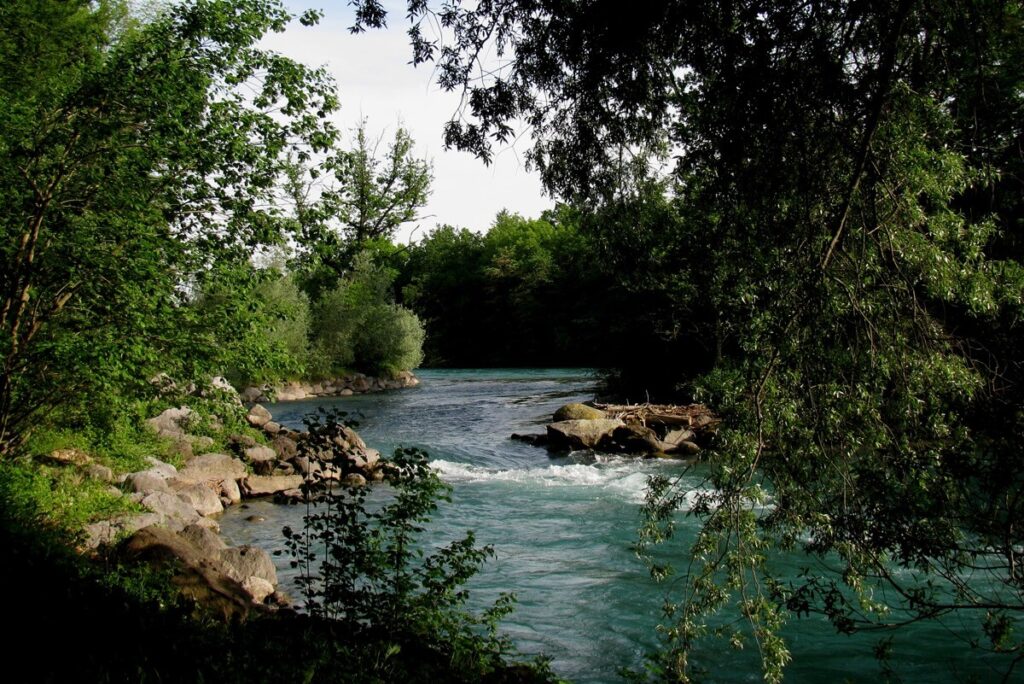
Water habitat
Rivers and their floodplains as well as lakes and bogs are among the most species-rich ecosystems. Many water bodies are being and have been renaturalised in order to enhance the habitats for animals and plants. Species that are severely threatened or already extinct in Switzerland find new habitats. The otter, which became extinct in Switzerland at the end of the 20th century, has been spreading again for several years. In order to document the dynamics of a mini-population in the canton of Bern, which lives between Thun and Bern, we are participating in the “Otterspotter” project, which was initiated by Pro Lutra, WWF Bern and WWF Solothurn in 2017.
Animals
- Eurasian otter
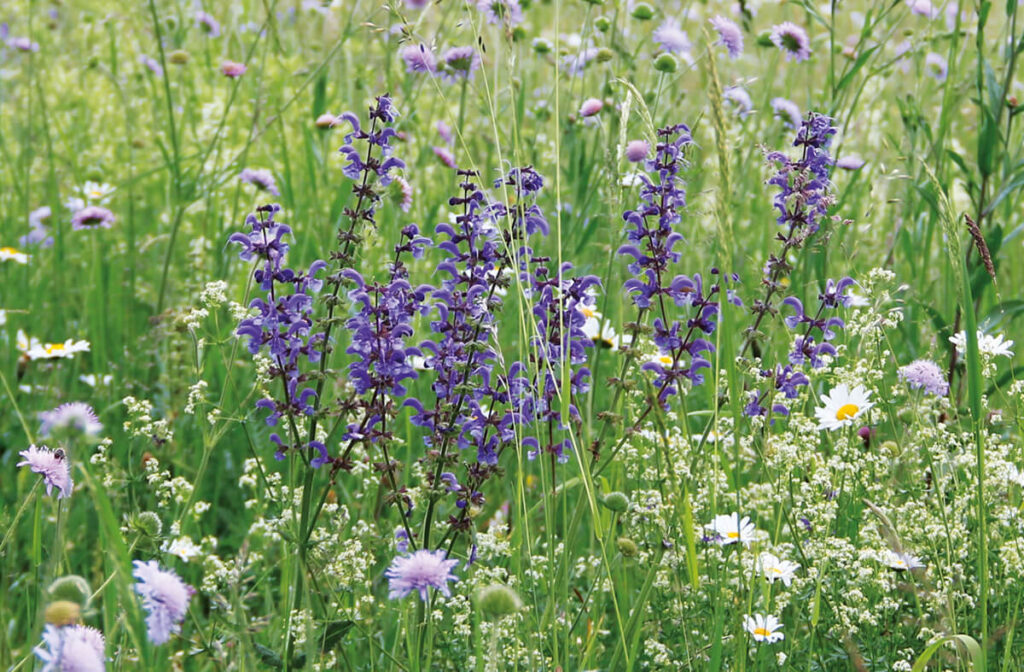
Habitat Urban Meadows
Today, the structural diversity in the city is greater than in the agricultural area, which has lost many structures due to the land consolidation of the past decades. Undeveloped areas in the urban space have great potential to provide a suitable habitat for numerous regional animal and plant species. The BärenPark is located in the centre of the city of Bern and includes the actual bear facility as well as the surrounding areas along the Aare. The Aare and the adjacent forest of the park «Englische Anlagen» are important ecological connecting elements. In the sense of the sustainable development strategy, biodiversity is to be promoted.
Animals
- Small mammals
- Reptiles
- Amphibians
- Birds
- Insects
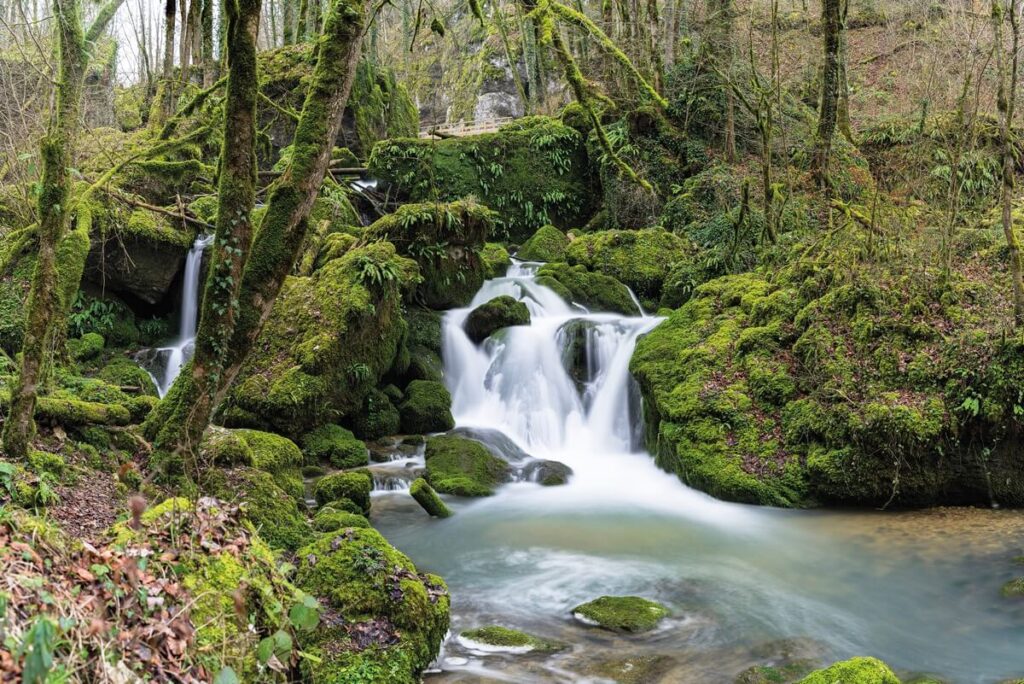
Forest habitat
A high level of biodiversity is the basis for a healthy forest ecosystem. The richer a forest is in structures, the more diverse habitats it offers, even for small animals such as beetles, reptiles, amphibians or birds. Deadwood areas are particularly important as valuable habitats for many animals. For example, a forest richly structured with deadwood offers Common Fire Salamander greater opportunities to escape the skin fungus that spreads from the north and is usually fatal for them. Batrachochytrium salamandrivorans, Bsal” for short, to survive. They also form the basis for the occurrence of rare beetle species, such as the stag beetle.
Animals
- Common Fire Salamander
- Stag beetles and other deadwood beetle species
- Other forest-dwelling insects, birds, small mammals, reptiles and amphibians
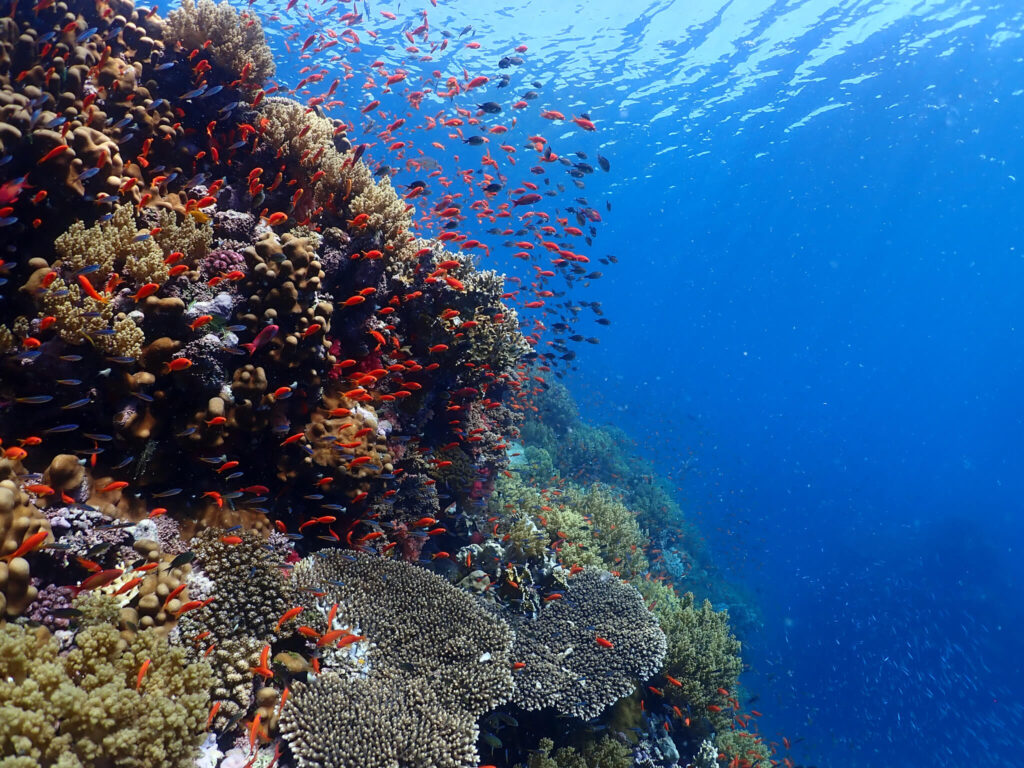
Sea habitat
Coral reefs are among the most species-rich and sensitive ecosystems in the world. The underwater structures of coral reefs consist of calcium carbonate, which has been stored by the corals over many thousands of years. Global warming, marine pollution and others threaten these sensitive ecosystems. The installation of artificial underwater reef systems made of clay according to the principle of the association “rrreefs” are suitable structures for the settlement of corals. These structures also provide habitats for a variety of reef animals and thus contribute to the restoration of a natural balance in this ecosystem.
Animals
- Corals
- Fish, turtles, marine mammals
- Anemones
- Sponges
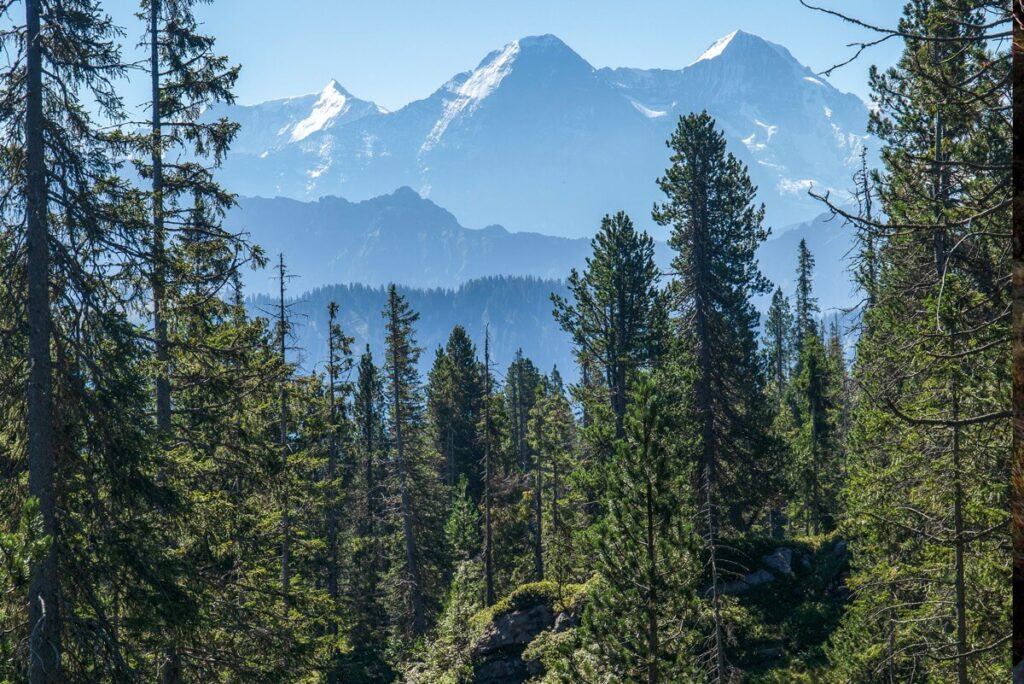
Mountain habitat
There is a diversity of habitats in the Swiss Alps. Each altitudinal level has its own landscape form and is characterised by particular climatic and vegetation conditions. However, they are coming under increasing pressure from recreational use, agriculture and forestry. This has a direct negative impact on the biodiversity of the subalpine level.
Small mammals such as the Southern Water Shrew (Neomys anomalus) are an example of this. With its brown-black back and pale belly, the Southern Water Shrew is a beautiful and charismatic shrew species, but it is considered critically endangered in Switzerland. In the western Mittelland and Jura, it became extinct over 20 years ago. In the Bernese Oberland, only two more recent records are known, in the canton of Lucerne just one.
Animals
- Southern Water Shrew
- Insects, spiders, other invertebrates
- All
- Forest
- Mountain
- Sea
- Urban Meadows
- Water
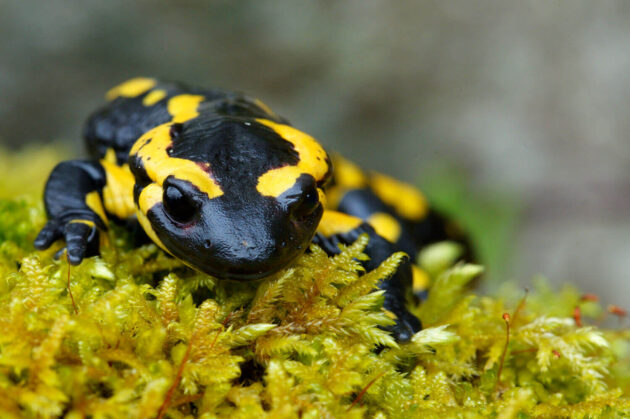
Common Fire Salamander
Promotion of the regional common fire salamander population in the Bern area. In view of the possible spread of the skin fungus Batrachochytrium salamandrivorans, or "Bsal" for short, the habitat of the common fire salamander population is being enhanced with various structures.
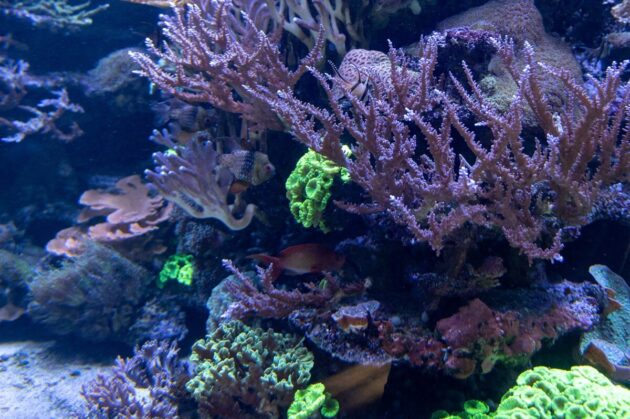
Coral reefs
rrreefs is a young and innovative organisation based in Zurich that rethinks, rebuilds and regenerates coral reefs by installing modular underwater clay reef systems.
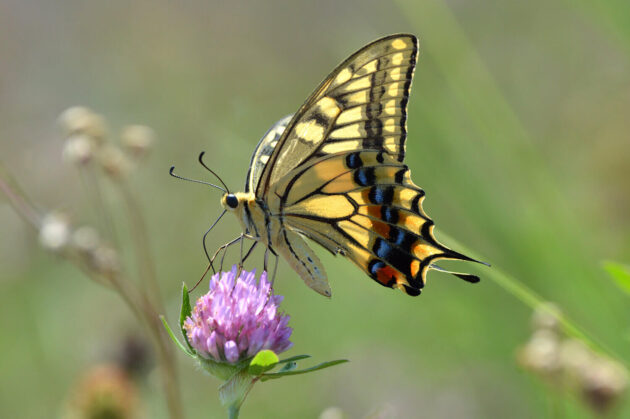
BearPark
The BearPark is located in the middle of the city of Bern. The whole area with the bear enclosure and the surrounding areas has great potential to provide an urban habitat for numerous regional animal and plant species.
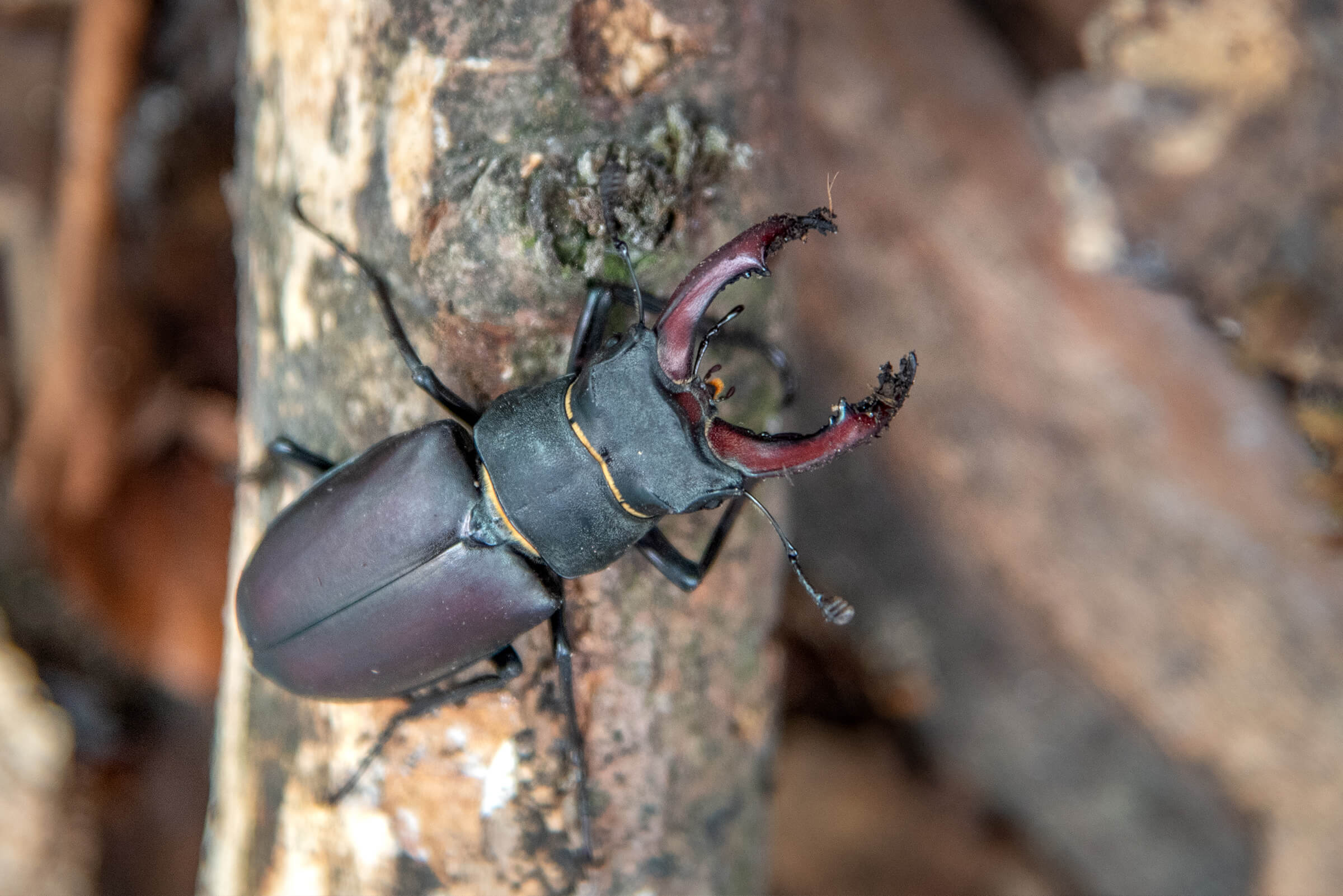
European stag beetle
The imposing appearance of the males with their "antlers" make the stag beetle one of the best known beetles in Switzerland, but it is now rarely observed. Like almost all insect species, it suffers from the destruction of its natural habitats.
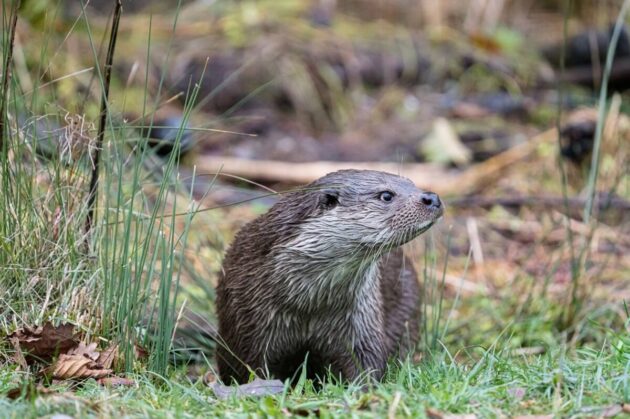
Eurasian otter
For some years now, the otter has been spreading again in Central Europe and Switzerland. Knowledge of the occurrence and dispersal process as well as population monitoring are important for effective species conservation measures.
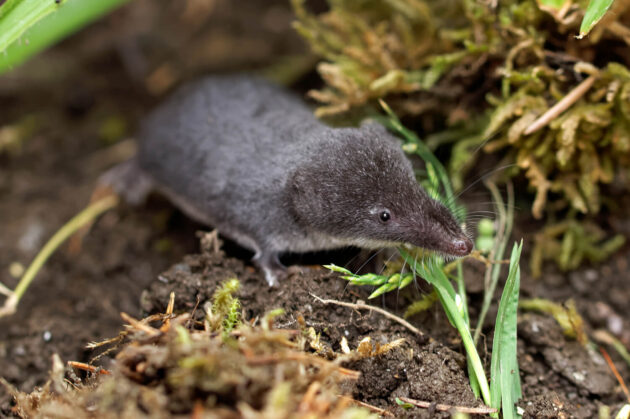
Southern Water Shrew
The Southern Water Shrew (Neomys anomalus) is considered critically endangered in Switzerland. In the western Central Plateau and Jura, this species became extinct more than 20 years ago. The few known records come mainly from the subalpine region.
Nature Conservation Franks (Naturschutzfranken)
The Bern Animal Park is increasingly committed to the protection of nature and species. In order to support these efforts, the municipal council has agreed to the introduction of the so-called nature protection frank. With a voluntary contribution at admission, visitors now have the opportunity to support the efforts of the zoo in this area.
More about the Nature Conservation Franks (Naturschutzfranken)
Further nature conservation projects
Native biodiversity is decreasing drastically, Switzerland is losing a lot of species at the moment. The zoo wants to create more habitat for animals in nature and is thus committed to biodiversity.

«Nashörner» in Bern ausgewildert
Das weltweit beobachtete Insektensterben ist ein grosses und besorgniserregendes Phänomen. Für diesen Rückgang gibt es viele Gründe.

Mehr Raum für Kleinsäuger
Förderung und Monitoring der kleinen Säugetiere auf dem Areal des Tierpark Bern.

Mehr Raum für einheimische Amphibien
Der Tierpark Bern lancierte ein Sensibilisierungsprojekt zur Förderung von einheimischen Amphibien.
